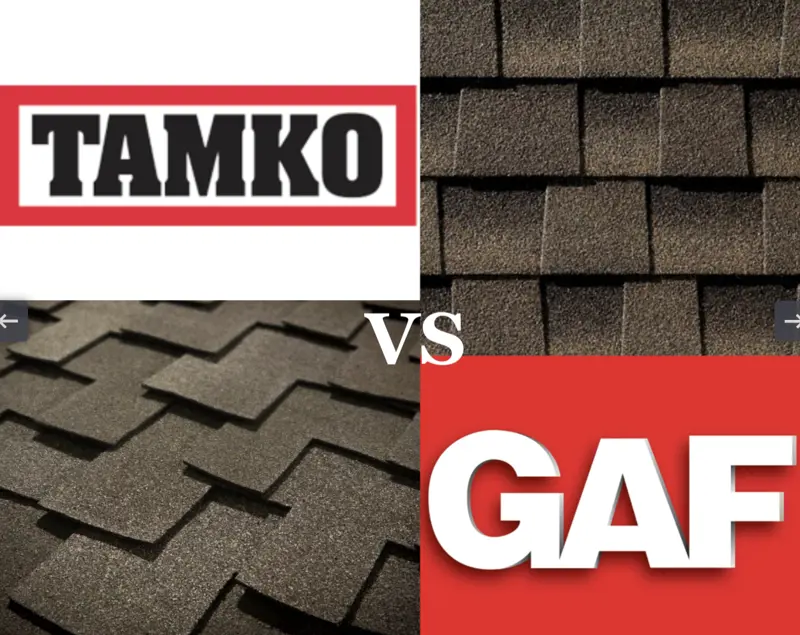
What Is the Best Time of Year to Replace a Roof?
A new roof is a major home improvement undertaking. Once you’ve decided that it’s time to move forward with a project of this size, you’ll want to ensure you’ve got the right people and products in your corner. But there’s another element to consider with roof replacement: timing.
We at Brennan Enterprises know roofing and we’re sharing some insight on the best time of year to undertake a roof replacement project. We’ll highlight peak roofing season and what to consider when starting your project both inside and outside of the most popular times of year to put a new roof on your home:
- Roofing Peak Season
- Roof Replacement in Summer (Peak Season)
- Roofing in the Winter (Offseason)
- The Final Verdict
Roofing Peak Season

Photo by Matej Kastelic
There’s a season for everything, and roofing is no different. Due to the nature of the work involved in replacing a roof, there are times of the year when demand is higher. For North Texas, the roofing peak season runs between late summer and fall. These few months are ideal for outdoor renovations as the weather is generally most agreeable. Though it’s generally very hot in North Texas during this time, it’s also a drier time of year.
Your roof keeps the elements out of your home, and the materials used to do this fare better when applied in a dry atmosphere. Rain and hail can damage exposed roofing elements, which is not an ideal situation for such a major investment. The warm and dry weather of July-November makes providing more predictable, timely roof installation easier.
Let’s delve a little deeper into the benefits and considerations of roofing during peak season.
Roof Replacement in Peak Season: Late Summer and Fall

Photo by Jit Lim
The busiest time of year for roofing companies in Texas is late summer and fall. There are a couple of reasons why so many opt to complete their projects during this time:
Pros
One of the biggest pros is generally agreeable weather. Though it doesn’t often snow in North Texas, winter and spring rains can make replacing a roof less predictable since work must be stopped during inclement weather.
Temperatures can impact the adhesion of roofing materials. Temperatures above 45 degrees are ideal for roof replacement. This allows the materials, such as shingles, to develop a good thermal seal to the roof.
It is a good idea to have your roof inspected twice a year: spring and fall. This ensures that winter/spring rain and hail haven’t caused severe damage (like dented and missing shingles). Fall inspections are advised to determine if high summer temperatures have impacted asphalt and adhesive. If your roof shows signs of wear and tear during your fall inspection, it’s a good idea to quickly move forward with getting a new roof. This will ensure that your roof can properly protect your home during the remainder of the warm season and be prepared for the coming winter months.
Cons
Because demand is high, it is not uncommon for pricing to be higher for summer roofing projects. This is due to increased pricing for shingles and tiles and increased labor demands.
Roofing in the Offseason: Spring and Winter

Photo by Jozef Jankola
Replacing a roof outside of peak season can offer some added benefits for homeowners. Again, depending on the status of your roof after installation, you’ll have a better understanding of if you should immediately proceed with replacement, irrespective of the time of year.
Pros
Your roof plays a huge role in keeping your home's temperature regulated. Replacing your roof during spring and winter can position your home for maximum energy efficiency during the summer and fall hotter months. A brand new roof is more efficient in helping to keep your home cooler during the hot weather we experience in July-November. Wrapping up your project in the cooler months means you’ll enjoy more energy savings during the middle of the year and put those savings to use elsewhere.
The lower demand during the spring and winter often offers more availability for roof replacement scheduling. More available labor and lower roofing materials also mean that roofing during the offseason can be a more economical option for homeowners.
Cons
We rarely see snow in our part of the country, but it isn’t uncommon for sleet and icy conditions to present themselves in Texas during December and January. Low temperatures can cause a few complications for roofing. Cold weather can make shingles brittle and allow them to break easier during winter. This can add material costs to your project.
The Final Verdict

Photo by Stjepan Motušić
To make the most of the temperate weather, lower the risk of rain and hail, and prepare your home for winter, it may be ideal to schedule your roof replacement for fall. With the temperatures cooling off from summer yet still warm enough to ensure proper sealing, fall is the most popular time of year to replace roofs in North Texas.
Brennan Enterprises has replaced roofs across the Dallas-Fort Worth area for 40 years. We’re a family-owned remodeling company specializing in residential windows, doors, roofing, and siding. If you’re interested in learning more about your roofing options, contact us today for a free in-home estimate with one of our experienced consultants.
Oops!
We don't currently serve your area but do want to help you plan your project. Try our Build & Price tool to get an idea of window & door costs within DFW. Your area may be higher or lower but at least you'll have some idea of the price.
Thanks for stopping by.







